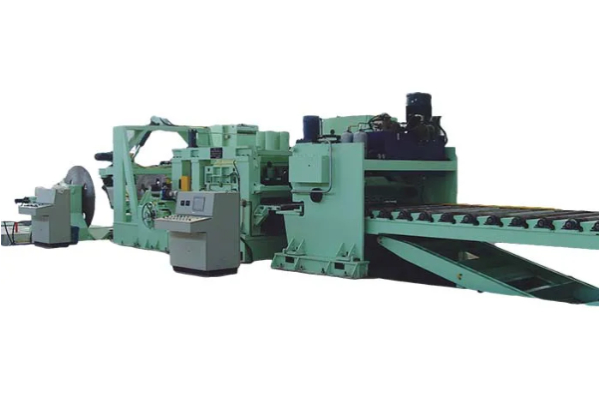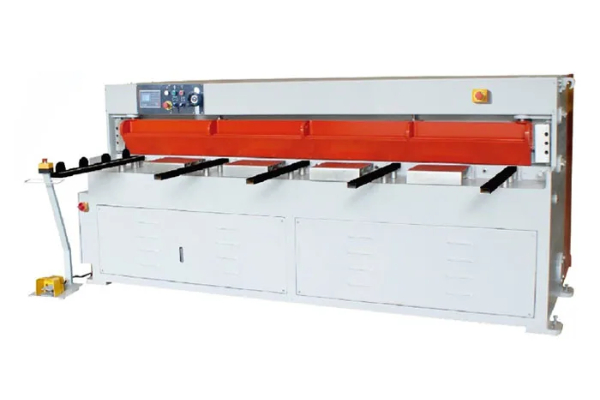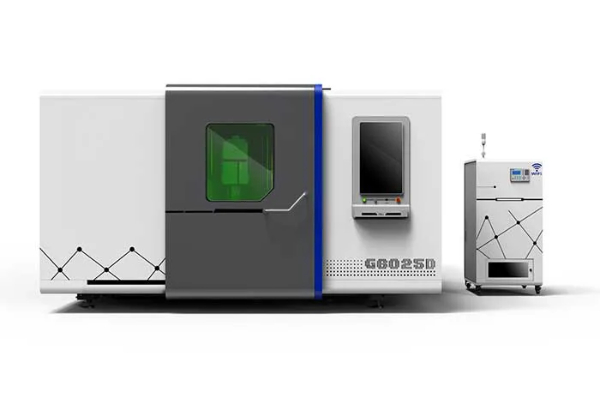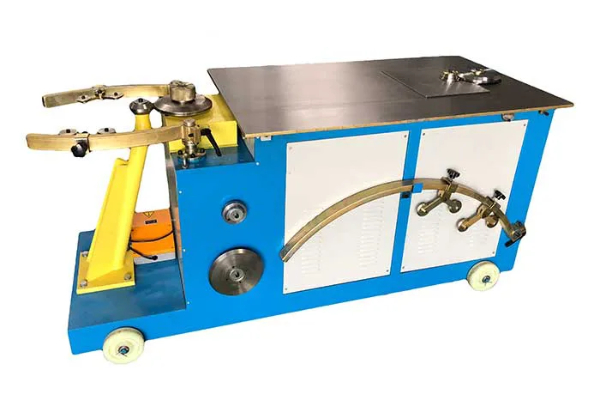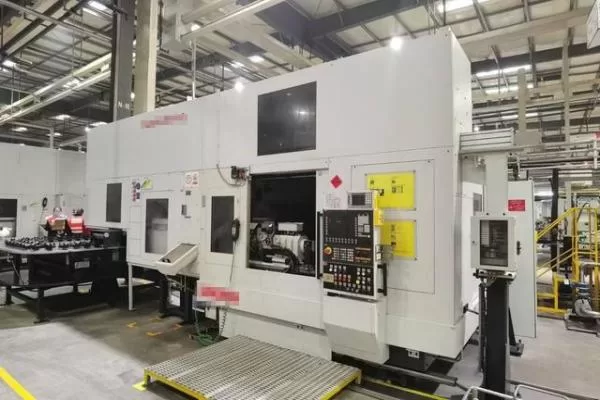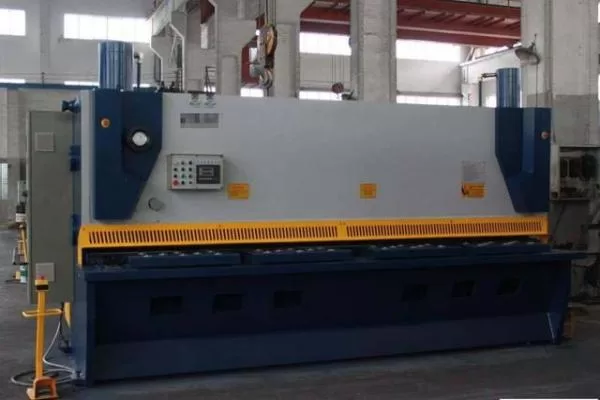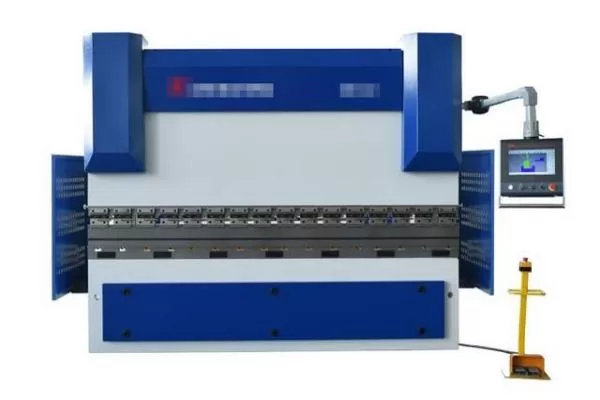
Choosing the Best Plasma Cutting Nozzles- A Comprehensive Guide
- By:Metmac
- 2024-05-20
- 607
The comprehensive guide “Choosing the Best Plasma Cutting Nozzles” serves as an invaluable resource for professionals seeking to optimize their plasma cutting operations. It provides in-depth insights into the various aspects of nozzle selection, empowering readers to make informed decisions that enhance productivity, precision, and cost-effectiveness.
Nozzle Design and Types
The design and type of a plasma cutting nozzle significantly impact the cut quality and efficiency. Common nozzle designs include straight, angled, and shielded nozzles.
– Straight Nozzles: Most commonly used, straight nozzles offer a versatile cutting angle suitable for a wide range of applications.
– Angled Nozzles: Provide a precise, perpendicular cut, ideal for applications where high accuracy is crucial.
– Shielded Nozzles: Protect the electrode from molten metal, extending nozzle life and enhancing cut quality.
Nozzle Size and Material
The size and material of the nozzle influence the cutting speed, edge quality, and durability.
– Nozzle Size: Smaller nozzles produce higher cutting speeds but are prone to clogging, while larger nozzles provide longer life at the expense of speed.
– Nozzle Material: Copper, hafnium, and tungsten are common materials used for plasma cutting nozzles, each offering different properties in terms of conductivity, heat resistance, and wear resistance.
Gas Flow and Pressure
The gas flow and pressure regulated through the nozzle are critical for maintaining a stable plasma arc and achieving desired cut quality.
– Gas Flow: Proper gas flow optimizes the plasma cutting process, preventing overheating and ensuring a stable arc.
– Gas Pressure: The gas pressure directly affects the arc voltage and hence the cut quality. Too low pressure results in a weak arc, while excessive pressure can damage the nozzle.
Applications and Considerations
The choice of plasma cutting nozzle should align with the specific application and operational requirements.
– Material Thickness: The nozzle should be appropriate for the thickness of the material being cut. Thicker materials require larger nozzles for longer lifespan.
– Cut Quality: For applications demanding high precision and edge quality, shielded or angled nozzles are recommended.
– Productivity: Straight nozzles facilitate faster cutting speeds, while shielded nozzles prioritize durability and longevity.
Maintenance and Troubleshooting
Regular maintenance and troubleshooting practices are essential for ensuring optimal nozzle performance and longevity.
– Nozzle Cleaning: Clean the nozzle regularly to remove slag and debris that can impede gas flow and arc stability.
– Nozzle Inspection: Regularly inspect the nozzle for wear or damage. Replace worn nozzles to prevent arc instability and poor cut quality.
– Troubleshooting: Address common nozzle-related issues such as clogging, arc interruptions, and excessive heat buildup by adjusting gas flow, pressure, and nozzle selection.
-
Advanced Sheet Metal Rolling, Cutting, and Folding Machines for Efficient Fabrication
2025/10/22 -
High-Precision Sheet Metal Bending and Cutting Solutions for Modern Manufacturing
2025/10/22 -
High-Precision Solutions from Leading Sheet Metal Cutting Machine Manufacturers
2025/09/11 -
Reliable Sheet Metal Equipment for Sale to Support Precision Fabrication
2025/07/17
-
High-Performance Sheet Metal Equipment for Sale: Forming and Shearing Solutions for Modern Fabrication
2025/10/22 -
Precision and Performance: Advanced Sheet Metal Processing Solutions
2025/10/17 -
Advanced Sheet Metal Press, Shearing, and Forming Machines
2025/10/17 -
High-Performance Sheet Metal Laser Cutting Machines for Sale — Precision and Efficiency Combined
2025/10/17
-
Integrating Automation with Rectangular Duct Machines for Enhanced Productivity
2024/05/11 -
Metal Shear Machines- Essential Tools for Precision Metal Cutting
2024/05/11 -
Understanding the Role and Function of Steel Strip Slitting Machines
2024/05/11 -
Maintenance Tips for Longevity of HVAC Duct Machines
2024/05/11
-
A Guide to the Latest Innovations in Sheet Metal Folding Machines
2024/11/29 -
Key Features to Consider When Investing in a Sheet Metal Folding Machine
2024/11/28 -
Enhancing Precision with Advanced Sheet Metal Folding Machines
2024/11/27 -
How to Choose the Right Sheet Metal Folding Machine for Your Workshop
2024/11/26
